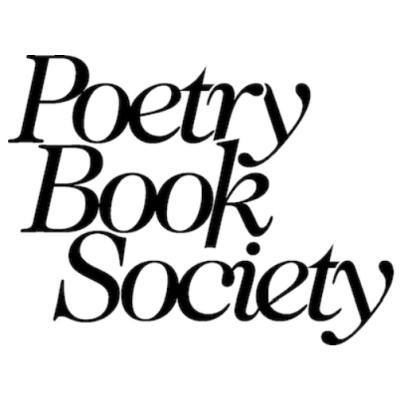In solidarity with the Black Lives Matter movement and in remembrance of the Grenfell Tower tragedy, we've opened up access to highlights from our archives which speak to this important issue. Today we're sharing Jay Bernard's write-up from our PBS Bulletin to give a powerful insight into their debut Surge, which was a PBS Summer 2019 Recommendation.
"On 2 March 1981, thousands of black people and their allies gathered at Fordham Park in Lewisham. It came to be known as the Black People’s Day of Action and was the largest political gathering of black people in British history at the time. Organised by underacknowledged British activists such as John La Rose, Darcus Howe, Sybil Phoenix, Alex Pascall and many others, the intended route went from Lewisham to Hyde Park. It was raining. No demonstration had crossed a bridge in London for centuries.
As the demonstration approached Blackfriars, the police tried to push the crowds back. People ran. This flowed into Fleet Street, once home of the media, where journalists leaned out of the windows and spat and jeered at the march. After a belated response to the deaths of the thirteen young people (addressed to the activists, not the families), a police initiative began in retaliation to the Black People’s Day of Action, and ostensibly to curb crime in South London.
The hated SUS laws gave licence to SWAMP 81, an operation in which close to a thousand black and ethnic minority people were stopped and searched in South London in five days. The name of the operation was seen as an insensitive reference to Thatcher’s 1978 speech in which she said, “People are really rather afraid, that this country might be rather swamped by people with a different culture... people are going to react and be rather hostile to those coming in.”
During the tense time of SWAMP 81, the attempted arrest of a man who had been stabbed prompted the Brixton uprising in April 1981, also known as the Brixton riots. Since the blame for this lay firmly at the door of the police, an investigation was commissioned producing the Scarman Report, ‘The Brixton Disorders 10–12 April 1981’; it found the police guilty of causing the riots due to its refusal to listen to the community it was supposed to serve. This triggered a new xi era in race relations in the UK, in conjunction with the ongoing activism and resistance of the black, Asian and ethnic minority organising groups.
My residency began just after the Brexit vote. As I read through the interviews, looked at the photos, listened to the audio, watched the footage, it struck me that the events of the present were eerily similar to the events up to and after the New Cross Fire. Then in June 2017, Grenfell happened. Institutional indifference to working class lives had left nearly eighty people dead. The Windrush scandal was reminiscent of right-wing calls for black repatriation.
The archive became, for me, a mirror of the present, a muchneeded instruction manual to navigate what felt like the repetition of history. The most chilling aspect of this was the lack of closure, the lack of responsibility and the lack of accountability at the centre of both the New Cross Fire and Grenfell. And the more I read and discussed, the more vexed the relationship between public narration and private truths appeared. I realised I was one of many who had visited the archives and come to a similar conclusion about the tragic and ill-concluded nature of the case.
Many questions emerged not only about memory and history, but about my place in Britain as a queer black person. This opened out into a final sense of coherence: I am from here, I am specific to this place, I am haunted by this history but I also haunt it back."
Jay Bernard’s powerful debut Surge is a queer exploration of the black British archive, tracing a line between two significant events in recent British history: the New Cross Massacre of 1981 in which thirteen young black people were killed in a house fire – and the Grenfell Tower fire in 2017. The collection stems from research undertaken about the New Cross Fire during a 2016 residency at the George Padmore Institute.
